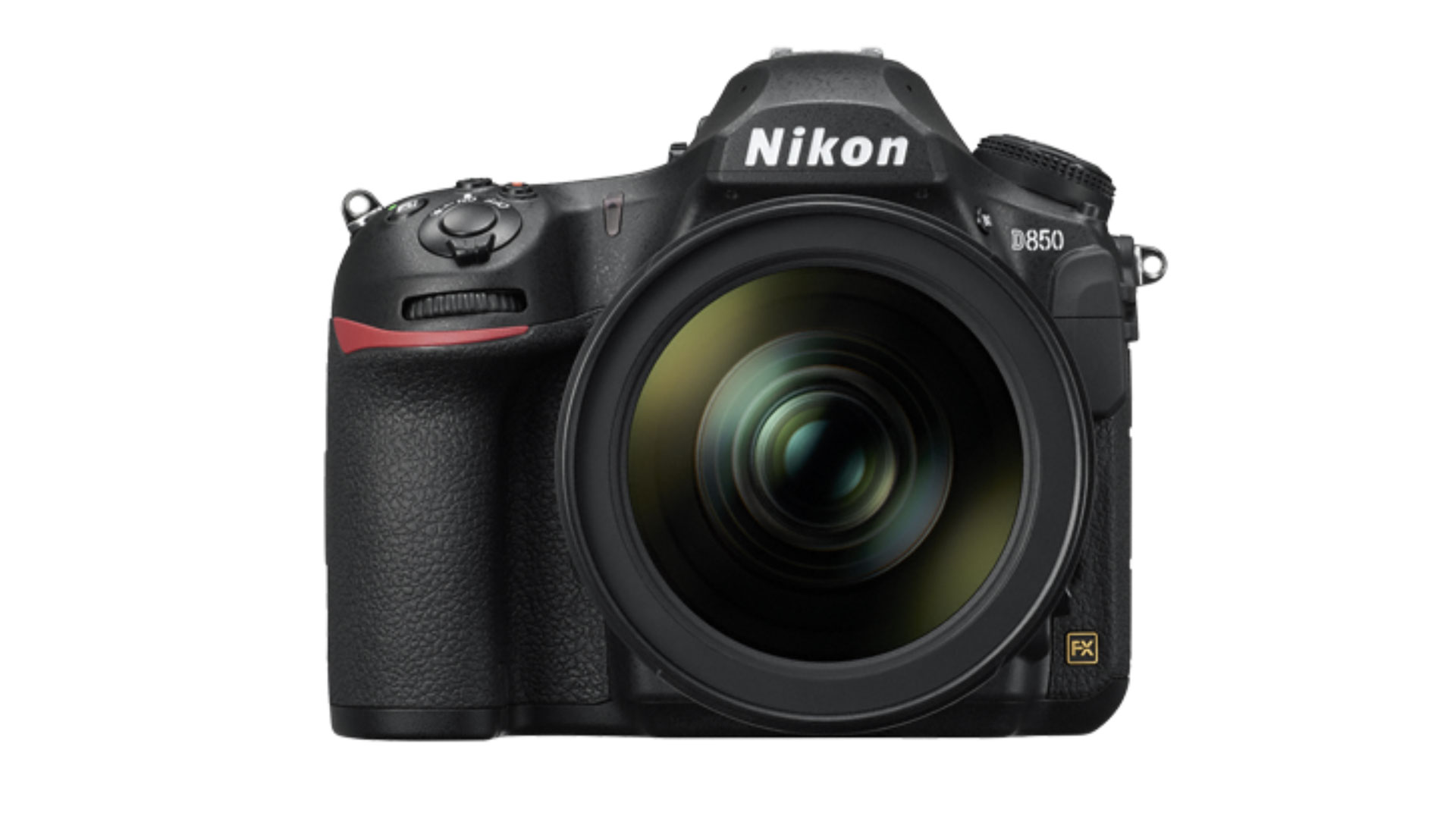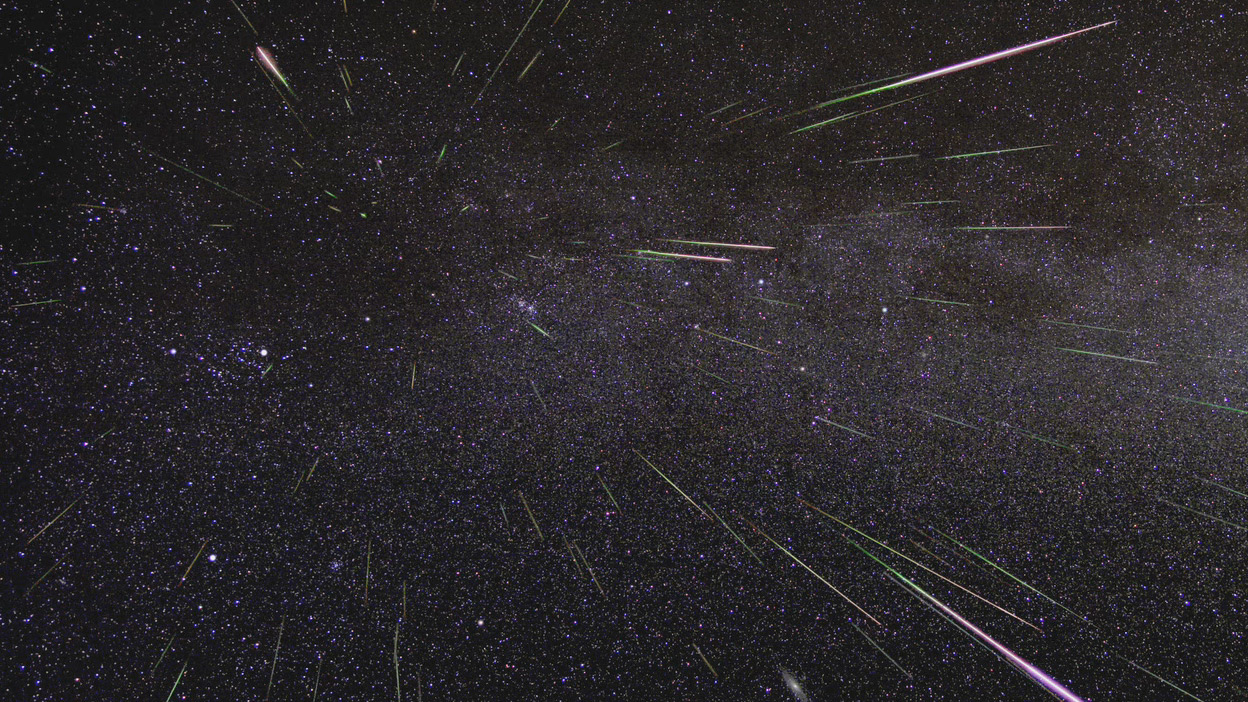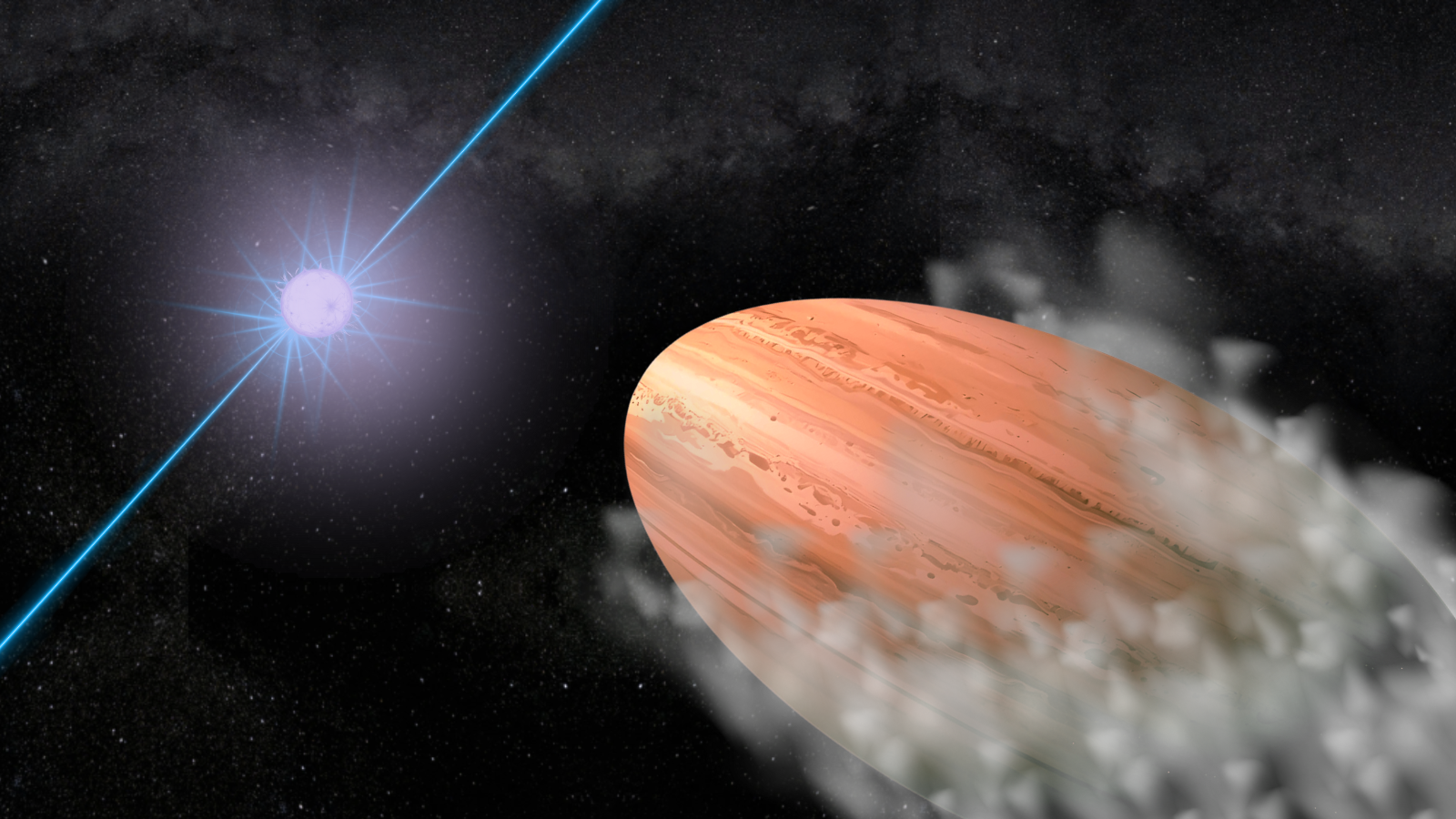Perseid meteor shower generates early 'shooting stars' (video)
A few bright streakers flew by NASA's meteor cameras, so get out now before the full moon overtakes the peak.
Look up now and you might spot some early shooting stars.
While the 2022 Perseid meteor shower is expected to peak between Aug. 11 and 12, NASA has already spotted some early arrivals.
The agency's All Sky Fireball Network recorded a few meteors in its radar between July 26 and Aug. 1, as you can see in the video above. So meteors, generated by small rock bits plowing into our atmosphere, are out there.
While we're still well away from the peak, it might be wise for you to look up now. That's because the bright August full Sturgeon supermoon will compete with the peak of the shower. The Virtual Telescope Project plans to host its Perseids webcast a few days ahead of the peak, on Aug. 9, to get more meteors before the moon washes out the view.
Related: Perseid meteor shower 2022 guide: When, where & how to see it

If you're looking for a good camera for meteor showers and astrophotography, our top pick is the Nikon D850. Check out our best cameras for astrophotography for more and prepare for the tau Herculids with our guide on how to photograph a meteor shower.
This year's Perseid peak will be fairly dismal by the usual standards, because of the moon being full and at its closest point to Earth. Visible meteors will range between 10 and 20 per hour at best, according to a statement from NASA astronomer Bill Cooke.
By contrast, excellent seeing conditions often produce between 50 and 100 "shooting stars" or visible meteors during the Perseids peak, as long as you're standing in a zone with little light pollution and with clear skies.
Breaking space news, the latest updates on rocket launches, skywatching events and more!
The Perseids meteor shower ranges for weeks between mid-July and late August, as Earth moves through bits of ice and rock left behind by Comet Swift-Tuttle. The densest part of the comet's tail shifts a little year by year, which slightly alters the annual peak of the Perseids as the Earth passes through that area.
Whatever night you choose to observe the Perseids, the logistics are pretty easy. Find the darkest spot possible in your location, bring a lawn chair and snacks to stay comfortable, and try to go out around 2 a.m. local time to get the best view.
Give your eyes plenty of time (20 minutes or so) to adjust to the darkness and face away from the radiant or apparent direction of the shower (Perseus, a northern constellation) to see the longest streakers.
If you want more advice on how to photograph the Perseid meteor shower, check out our how to photograph meteor showers guide and if you need imaging gear, consider our best cameras for astrophotography and best lenses for astrophotography.
Follow Elizabeth Howell on Twitter @howellspace. Follow us on Twitter @Spacedotcom and on Facebook.

Elizabeth Howell (she/her), Ph.D., was a staff writer in the spaceflight channel between 2022 and 2024 specializing in Canadian space news. She was contributing writer for Space.com for 10 years from 2012 to 2024. Elizabeth's reporting includes multiple exclusives with the White House, leading world coverage about a lost-and-found space tomato on the International Space Station, witnessing five human spaceflight launches on two continents, flying parabolic, working inside a spacesuit, and participating in a simulated Mars mission. Her latest book, "Why Am I Taller?" (ECW Press, 2022) is co-written with astronaut Dave Williams.

